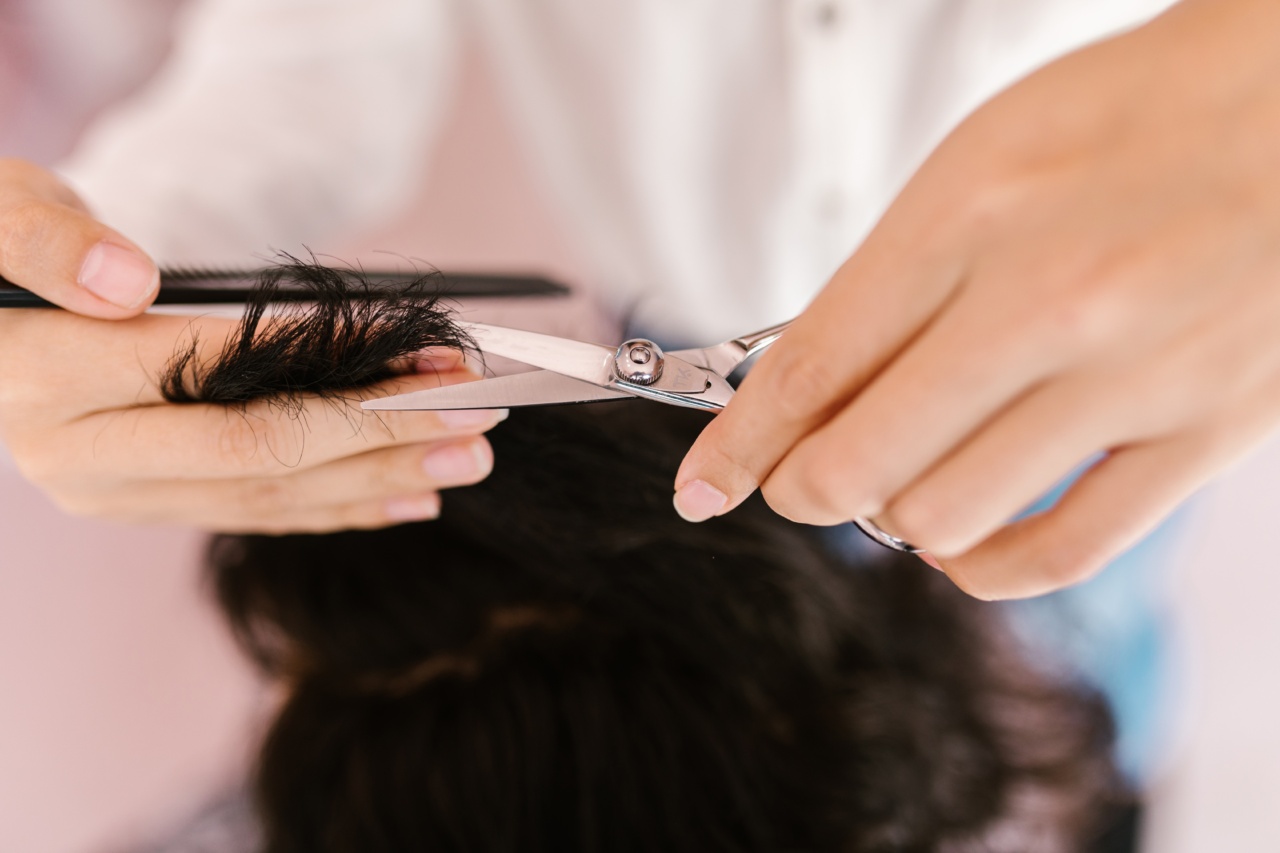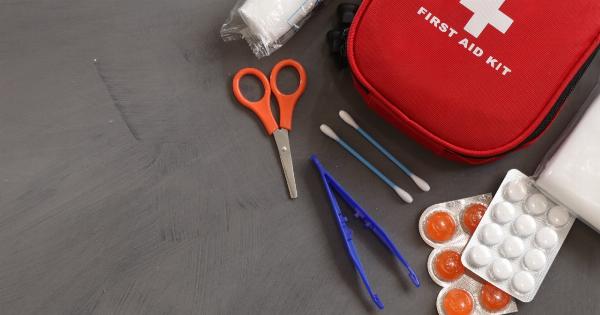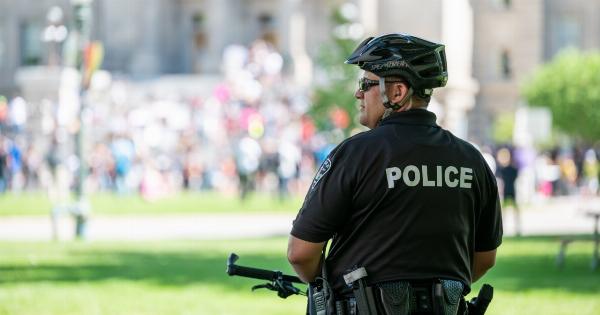Cutting hair is a common task that many individuals engage in. However, while going through the process, some people handle the scissors improperly, leading them to become hot and burn their skin.
Burns from hair cutting scissors can be painful and irritating. In some cases, the injury can lead to infections if not treated properly.
Here are some steps you can take to treat a burn from hair cutting scissors and manage the discomfort:.
Step 1: Determine the Severity of the Burn
The severity of a burn from hair cutting scissors can range from mild to severe. A first-degree burn will only affect the outer layer of the skin and cause mild irritation.
A second-degree burn will extend to the second layer of the skin, causing more discomfort, swelling, and blisters. A third-degree burn penetrates every layer of the skin, leading to significant pain, swelling, and scars.
It is crucial to determine the injury’s severity before treating it to know the appropriate intervention options.
Step 2: Cool the Burned Area
The initial response to a burn from hair cutting scissors is to cool the affected area with running water or a cold compress. The cold temperature will help to numb the skin, reduce the pain, and minimize the swelling.
You can run the cool water over the burned area for up to 15 minutes or, you can apply a cold compress to the affected area for 20-30 minutes several times throughout the day.
Step 3: Clean the Burned Area
If the burned area has been cooled and the pain is tolerable, wash the area gently with soap and water. This process will sanitize the burnt area, reducing the chance of any further skin infections.
Avoid using any harsh soaps or alcohol to clean the wound as they can dry out the skin and cause further damage to the affected area.
Step 4: Apply Antibiotic ointment
Once the burn has been cleaned, apply a thin layer of antibiotic ointment such as Neosporin or Polysporin. This emollient will soothe the burnt skin and prevent infections by keeping the area moist and aiding healing.
Step 5: Cover the Burn
If the burnt area is large or covered by clothing, you should cover the wound with a non-stick, sterile dressing or gauze. This will help the wound stay clean and prevent any further contamination.
Change the dressing around twice daily or as frequently as needed. Avoid using any clothing or materials that stick to the wound, such as plastic wrap or cotton balls, as they can cause further damage to the affected area.
Step 6: Take Pain Relief Medication
If the pain from the burn is unbearable, you can take over-the-counter pain relief medication such as ibuprofen or acetaminophen. This will provide temporary relief from the pain and discomfort and reduce any swelling.
However, you should use these medications as directed and avoid taking more than the recommended dose.
Step 7: Seek Medical Attention
If the burn is extensive, covering a large area of the body, or if it extends deep into the skin, you should seek medical attention immediately.
Medical professionals will accurately evaluate the extent of the burn and determine the appropriate treatment options. They will also provide antibiotics and pain relief medication, which will help to manage the pain and prevent infections.
Step 8: Keep the Affected Area Elevated
Elevating the affected area above the heart level will help to minimize swelling and ease discomfort. You can use pillows or cushions to prop up the injured area whenever possible.
Step 9: Stay Hydrated
Drinking water and other fluids will help to keep the body hydrated and, therefore, support the healing of the skin. Hydration is particularly necessary if the burn has affected a large area of the body.
Step 10: Avoid Exposure to the Sun
If the burn is still healing, you should avoid exposing the affected area to the sun, which can lead to further damage and slow the healing process.
Cover the wound when going outside or wear light clothing that won’t rub against the affected area.
In conclusion, it is necessary to treat a burn from hair cutting scissors promptly and accurately to prevent further skin infections and manage the discomfort.
In most cases, mild burns can be treated at home with basic home remedies while severe ones require medical intervention.



























